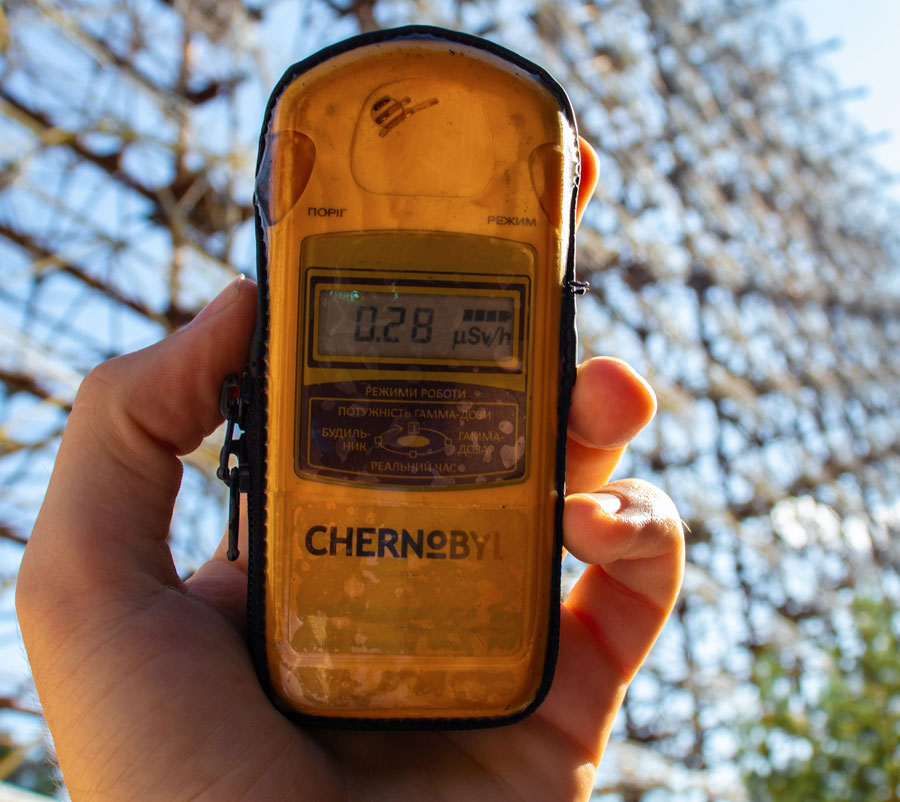What if… Augmented Reality Had Been Deployed at Chernobyl?
April 26th, 1986, Reactor #4 reaches 30,000+ MW before the operators hit the AZ-5 button. After all, the ability to “SCRAM” the reactor SHOULD have saved them.
Poor decisions and a flawed design…
(A “SCRAM” is the insertion of all control rods in a nuclear reactor, halting nuclear fission.)
They didn’t know that this would trigger a massive power spike and an explosion, leading to the release of radioactive materials. This was the result of graphite tipped control rods that briefly spike the power as they enter the reactor. This was the fatal flaw in the design.
The design of the RBMK Reactor notwithstanding, the number of operational and leadership failures leading to the explosion were a direct result of the culture that permeated the Soviet Union.
A culture of resignation and “this is how things are done”. A culture of secrecy that limited their ability to advance themselves.
Check out this article for a series of the events as they played out.
The Safety Test

Leadership wanted to test a theory that after the core was shut down, the electricity generated from the turbines winding down could be used to power the coolant pumps. Could they keep them running during the brief gap until the generators could power up and take over?
They reduced the power to half, from 3,200 MW (thermal power) down to 1,600 MW. This prepared them for the test power of 700 MW, originally scheduled for the more experienced dayshift.
However, the grid authority requested a delay to the test. They needed to power for production. Thus the reactor remained at 1,600 MW, to make it easier to start the test during the night shift.
When the path to disaster begins…
After an entire shift (10+ hours) at low power, there was a significant buildup of Xenon-135 in the core, poisoning the reactor. Under normal operating conditions, the Xenon is burned away. Now the reaction was not at equilibrium, and made completing the test impossible. Not simply impossible due to the technology of the time, but scientifically impossible.
They circumvented procedures and the automated safety system, ignored safety protocols and did not question their orders.
BUT…
What if the team at Chernobyl had the advantage of modern Digital Tools?
Imagine they were all connected to a central digital architecture that relayed critical information to engineers and operators via augmented reality glasses. When the decision was made to delay the test, the leadership and the engineering teams involved would have been informed in real time.
The system would then recommend a return to normal power and the postponement of the test. This initial step would have prevented the entire event from happening.
Except they focused solely on the test and the desire to complete it.
Let’s ignore the cultural forces driving this for a moment…
- Could a warning from an external system have been the key step to push leadership to make the correct call?
- Could the system have been integrated with other sites to automatically bring other experts into the loop to advise on this?
- Could an augmented environment for training have allowed more of the team to readily train for this eventuality?
Now the night shift is coming into the plant, and have no idea what this test is, or why the plant is at half-power.
How the transfer of knowledge might have helped in Chernobyl Reactor #4
In this article we discuss the benefits of Augmented Reality in shifting knowledge from one generation to the next.
What about from one shift to the next?
The night shift were the least experienced, and had never seen the test before. Only the plant supervisor, Anatoly Dyatlov, was aware of the test and the procedures to complete it. Instructions were paper-based, with details crossed out and no clear indication of where things were left off.
On top of this, no one else in the plant had any clue the test was happening.
Even if they had known, that did not solve the critical problem of xenon poisoning!
No, at that point the most valuable information to the night shift would have been the number of hours that the reactor was held at low power. It would have told them the only course of action was to shut-down.
They circumvented every backup system that was advising against the course of action that they were taking. Every automated step was tossed aside based on the whims of those placed in charge.

Could technology have saved Chernobyl?
This is an intriguing mental exercise, applying modern principles to past disasters. Why not, right? However the reality is far simpler when you look back at the reason the Chernobyl reactor failed.
It was never about the technology!
An organization that sees the value in digital transformation and augmented reality is also the kind of organization that would not allow for so many terrible decisions to be made. They would not have circumvented every safety protocol and failsafe in place to prevent a disaster! And they would not have allowed a flawed design like the RBMK reactor to stay in service once they discovered the flaw.
This kind of organization would encourage questioning poor decisions, and allow for procedures to accommodate dissent from those outside of positions of authority.
Culture is EVERYTHING
This is why all discussions surrounding digital transformation, augmented reality, advanced analytics, etc., all need to focus on the human element.
No technology in the world can overcome a culture that is rife with complacency and useless secrecy.
Buy-in from all parties on changes that are planned across an organization are crucial to having people participate in the victories that are realized. Without this, efforts to advance will fail, and in the extreme cases, disaster will take the place of success.
Organizations need to look inwards and assess their risks in an open and honest way.
The Lesson…
Citing television when discussing something historically significant is risky, especially in the case of Chernobyl. However, one line of dialog towards the end of the miniseries “Chernobyl” on HBOMax, while a creative liberty taken by the writers, is nevertheless a perfect way to sum up the reason why Reactor #4 exploded on that fateful day in 1986.
Valery Legasov says to the court, “Do you know how an RBMK reactor explodes?”
Lies…







